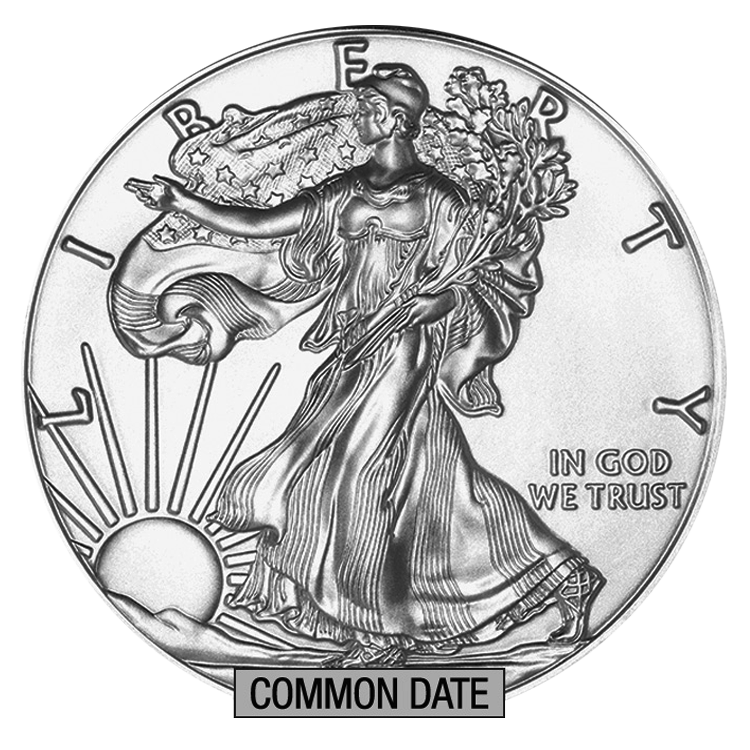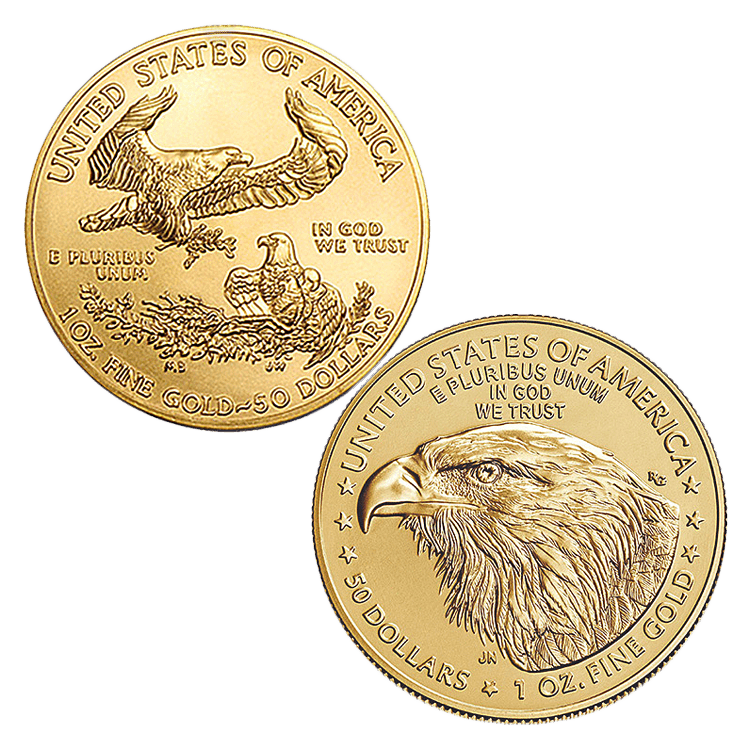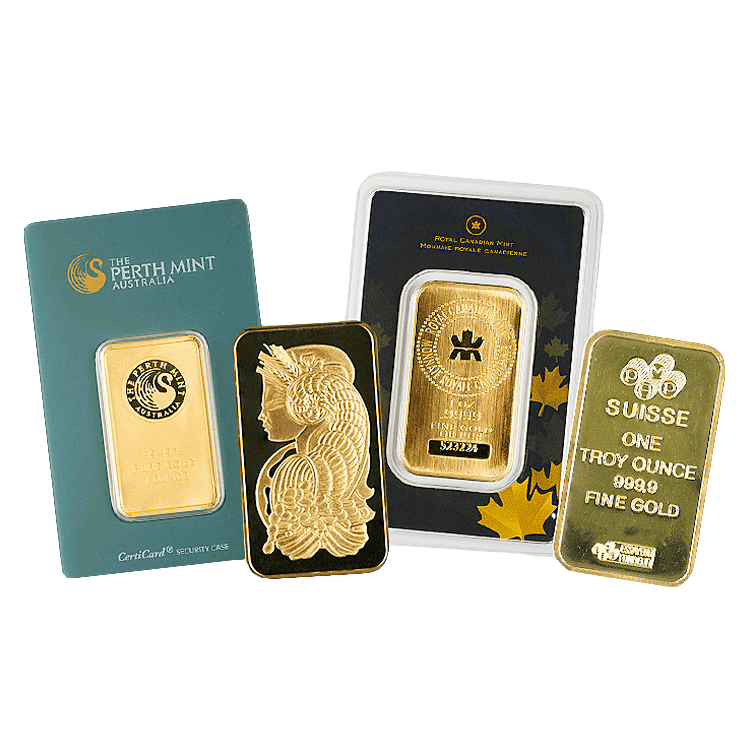
Gold and silver have never moved in straight lines. Their history is written in gold cycles — long stretches of dormancy, interrupted by explosive bull markets where both metals have delivered life-changing gains.
For investors looking to add gold or silver to their portfolio, understanding these gold cycles is essential. It shows how gold and silver respond to inflation, crises, and monetary shifts — and why they remain indispensable wealth protectors today.
The 1970s: Inflation Ignites Gold’s First Modern Super-Cycle
When the U.S. abandoned the gold standard in 1971, gold was set free to trade. The timing could not have been more significant: the decade saw double-digit inflation, oil shocks, and collapsing confidence in paper money.
- Gold’s performance: From $35/oz in 1971 to over $850/oz by January 1980 — a 2,300% gain.
- Silver’s surge: From $1.50/oz to nearly $50/oz in 1980 — a 3,200% rally.
Silver briefly outshone gold in percentage terms, fueled by the Hunt Brothers’ infamous attempt to corner the silver market. But both metals proved their power as hedges when inflation ravaged financial assets.
The 2001–2011 Bull Market: Gold’s Decade of 20% Annual Gains
After two decades of stagnation, gold began a powerful ascent in 2001. The catalysts: the bursting tech bubble, 9/11, massive money printing, and later the 2008 global financial crisis.
- Gold’s performance: From $250/oz in 2001 to over $1,900/oz in 2011 — nearly 8x higher, averaging 20% annual returns.
- Silver’s boom: From $4/oz in 2001 to almost $50/oz in 2011 — a 1,150% surge.
This decade-long rally showed how gold cycles can transform portfolios during periods of monetary excess and systemic stress.
The Post-COVID Bull Run: Gold Breaks into Uncharted Territory
The pandemic of 2020, coupled with unprecedented fiscal and monetary stimulus, launched gold into a new phase. Inflation’s return, global debt overload, and geopolitical fractures (Ukraine, Middle East, U.S.-China rivalry) have created a new “gold playbook.”
- Gold: Broke multiple all-time highs, topping $3,400 in 2025.
- Silver: Climbed past $42/oz in 2025, its best level in more than a decade.
Unlike earlier gold cycles, today’s rally is fueled not just by Western investors but by record central bank buying (China, India, Turkey) and rising demand from emerging markets.
The Silver Secret: Why the “Other” Metal Often Wins Big
During precious metals bull markets, silver typically starts slow, then explodes higher as the rally matures. Why? Because silver’s market is much smaller than gold’s, making it more sensitive to investment flows.
Think about it: At $40 per ounce, almost anyone can buy silver. When precious metals sentiment turns bullish, this accessibility creates a flood of new buyers. The result? Silver often delivers even bigger gains than gold — if you can handle the volatility.
But silver isn’t just money — it’s the metal powering our future. Electric vehicles need it. Solar panels can’t work without it. Advanced battery systems depend on it. This surging industrial demand creates a perfect storm when combined with investment demand during a gold bull market.
Silver’s historic tendency to outperform gold (what traders call the “beta effect”) could be supercharged by the green energy revolution. We’re not just looking at a precious metals story anymore — we’re looking at a critical technology metal that also happens to be money.
Why the Cycles Repeat
Every major gold bull market shares the same DNA. They all start with a crises of confidence in paper assets — whether inflation, stock crashes, debt explosions, or geopolitical shocks.
- 1970s: Inflation and the end of Bretton Woods.
- 2000s: Tech crash, 9/11, and the global financial crisis.
- 2020s: Pandemic stimulus, debt saturation, inflation, and geopolitical fractures.
See the pattern? When faith in the financial system wavers, gold and silver shine. It’s been true for 50 years, and there’s no reason to think it’ll change now.
Investor Takeaway
History shows that precious metals bull markets last for years and deliver extraordinary returns. Silver often outperforms gold in percentage terms, while gold provides steadier, more reliable protection.
According to Fidelity, we may still be in the early-to-middle innings of this cycle. They’re suggesting $4,000 gold is realistic by 2026. If history is any guide, the biggest gains could still be ahead.
The current environment has all the ingredients that have triggered past bull markets: monetary excess, persistent inflation, and rising geopolitical tensions. For investors who understand these cycles, the opportunity is clear.
Remember: Gold and silver cycles aren’t random events. They’re predictable responses to predictable problems. And right now? We’re seeing all the warning signs that have preceded every major precious metals rally in modern history.
The question isn’t whether gold and silver will continue to rise. It’s whether you’ll be positioned to benefit when they do.
Your Questions on Gold Cycles Answered
What are gold cycles and why do they matter to investors?
Gold cycles are recurring patterns of long dormancy followed by explosive bull markets. They matter because they reveal how gold reacts to inflation, debt, and geopolitical crises — helping investors time their allocations effectively.
How did gold perform during the 1970s bull market?
Gold rose from $35/oz in 1971 to $850/oz by 1980 — a 2,300% gain — as inflation and oil shocks eroded trust in paper money.
Why does silver often outperform gold in bull markets?
Silver has a smaller market cap and is more accessible to retail investors. This “beta effect” means that once sentiment turns bullish, silver often delivers higher percentage gains than gold.
What factors drive new gold cycles today?
The 2020s bull market is fueled by inflation, record global debt, geopolitical fractures, and unprecedented central bank demand — a shift highlighted in recent reports by the World Gold Council and IGWT.
Could gold reach $4,000 in this cycle?
Yes. Fidelity recently noted that the current rally mirrors the 2001–2011 bull market, suggesting $4,000 gold is plausible by 2026.















